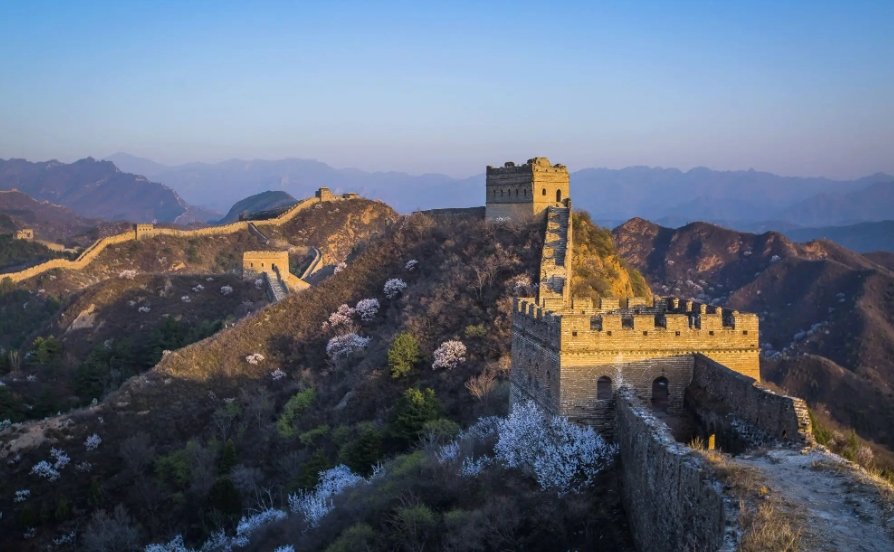
How Old is the Great Wall of China?
The Great Wall of China, a UNESCO World Heritage Site, is more than just a wall. It's a testament to Chinese ingenuity, persistence, and architectural prowess, embodying centuries of history within its winding stone and brick. While its exact age is debated, historians generally agree that its origins date back millennia.
Early Fortifications (770 – 221 BCE): The Foundation Stones
Long before the unified Great Wall we envision today, various states within ancient China began constructing independent defensive walls. This period, encompassing the Spring and Autumn and Warring States eras, witnessed the rise of numerous kingdoms vying for power. These early walls, primarily constructed from earth and rammed earth, served as crucial barriers against invading armies and raiding parties. Notable examples include the Chu State Wall and the Qi State Wall, remnants of which continue to be unearthed by archaeologists.
The First Unification (221 – 206 BCE): Qin Shi Huang and the Birth of a Notion
The ascension of Qin Shi Huang, the first emperor of a unified China, ushered in a new era for the Great Wall. Aiming to consolidate his vast empire and safeguard it against nomadic tribes to the north, Qin Shi Huang ordered the connection and reinforcement of existing walls. This ambitious project, employing hundreds of thousands of laborers, marked the first significant step towards creating a unified defensive barrier. This early iteration, however, still primarily relied on rammed earth construction, making it vulnerable to erosion and breaches.
The Han Dynasty (206 BCE – 220 CE): Expansion and Refinement
The subsequent Han Dynasty continued the legacy of expansion and fortification. Recognizing the threat posed by the powerful Xiongnu confederation from the steppes, Han emperors invested heavily in the Great Wall. This period saw the wall extended westward, reaching into the Gobi Desert. Furthermore, innovations in construction techniques were implemented, such as the use of more durable brick and stone, bolstering the wall's defensive capabilities.
The Ming Dynasty (1368 – 1644 CE): The Wall We Know Today
While numerous dynasties contributed to the Great Wall's evolution, it was during the Ming Dynasty that it took on the iconic form we recognize today. Facing continued threats from Mongolian and Manchu tribes, the Ming emperors undertook the most extensive period of construction and renovation in the wall's history. They employed advanced brick-making techniques, allowing for taller, stronger walls and intricate watchtowers. This era saw the addition of thousands of kilometers of new wall, stretching from the Bohai Sea in the east to the Gobi Desert in the west.
Beyond a Defensive Structure: A Symbol of China
While the Great Wall's military significance waned in later centuries, its symbolic value as a testament to Chinese resilience and national identity grew. Today, it stands as a powerful reminder of China's rich history, an architectural marvel that draws visitors from across the globe. While sections of the wall have succumbed to the ravages of time and neglect, ongoing restoration efforts strive to preserve this cultural treasure for future generations.
Q&A:
- Q: Why was the Great Wall built?
A: The Great Wall was primarily built to defend China from various nomadic groups to the north. It acted as a physical barrier, slowing down invasions and allowing time for Chinese armies to mobilize.
- Q: When was the Great Wall built?
A: Construction of the Great Wall spanned centuries, beginning in the 7th century BCE. The most significant construction phases took place during the Qin, Han, and Ming Dynasties.
- Q: How long is the Great Wall of China?
A: Including all of its branches and sections, the Great Wall of China stretches over 21,000 kilometers (13,000 miles). It is considered the longest man-made structure in the world.
note: This return of all, without the author's permission, may not be reproduced